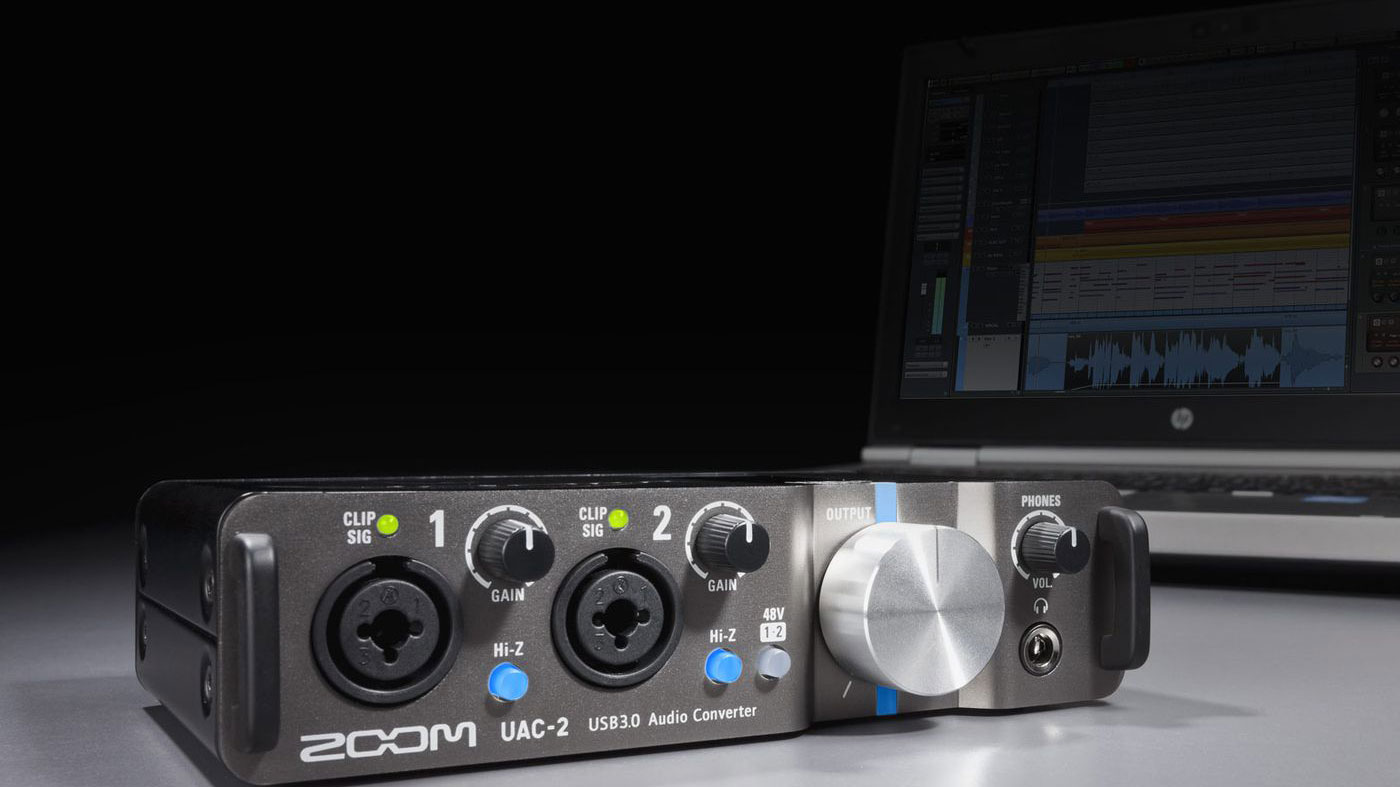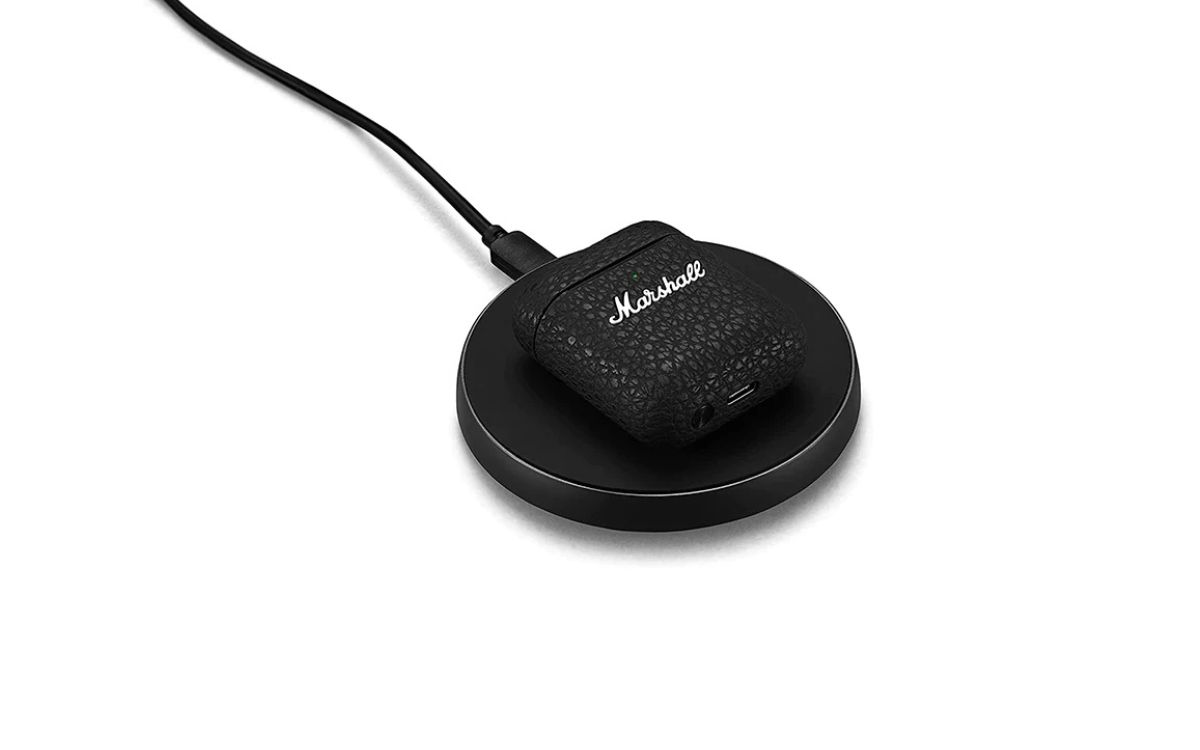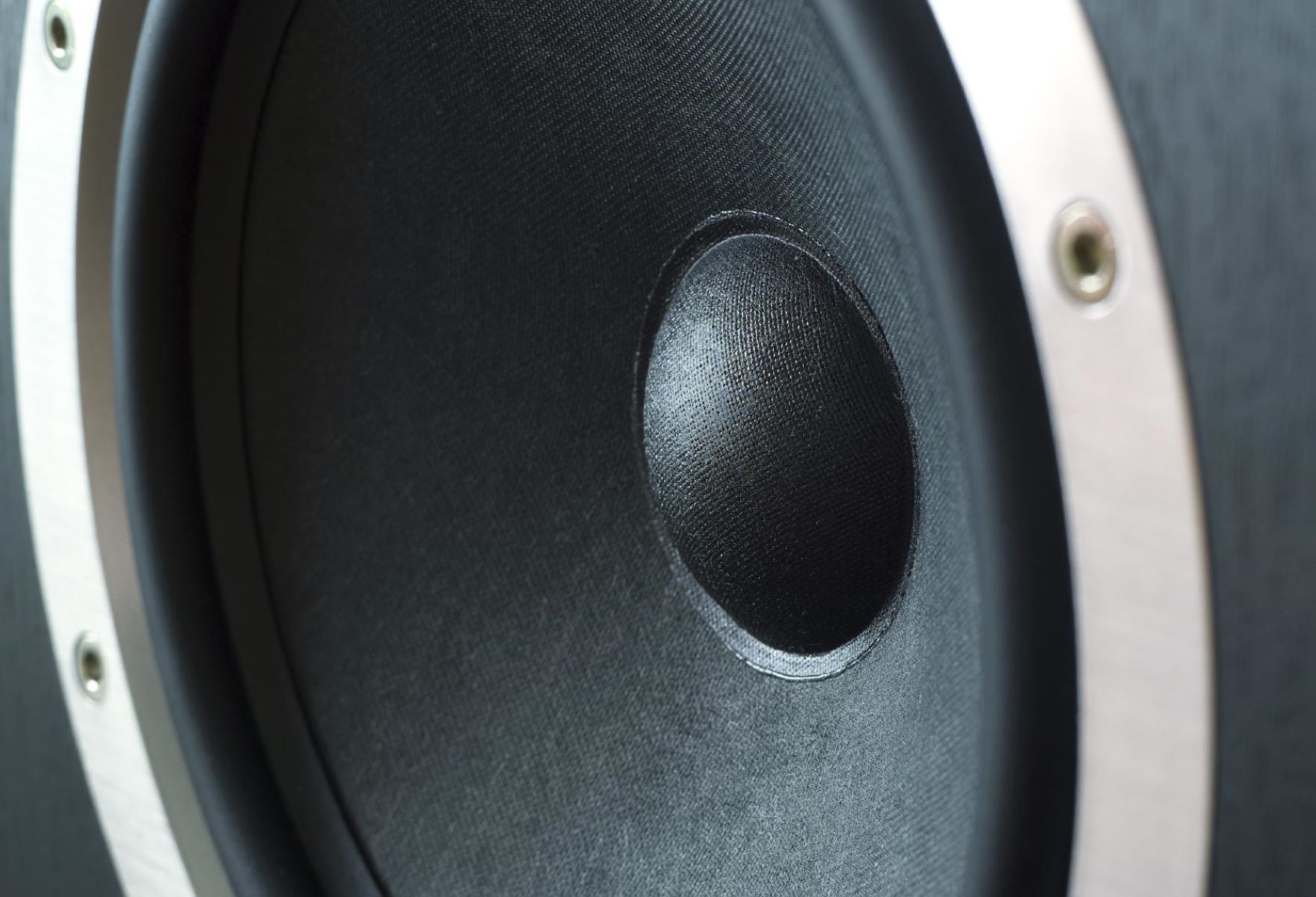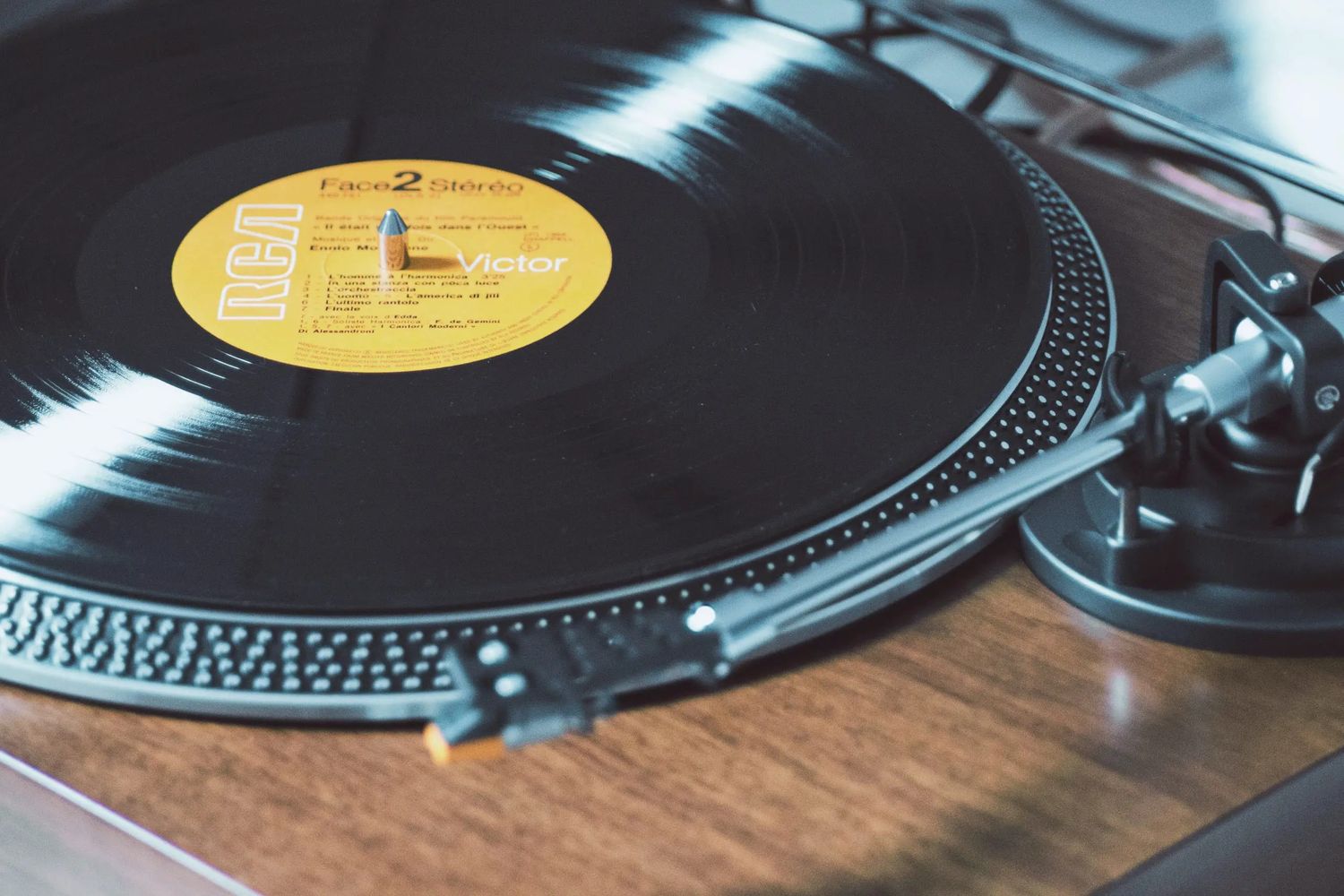Home>Devices & Equipment>Microphone>Why Is There Static In My Microphone


Microphone
Why Is There Static In My Microphone
Published: February 17, 2024
Discover the reasons behind static in your microphone and learn how to troubleshoot the issue. Find solutions to eliminate unwanted noise and improve your audio quality.
(Many of the links in this article redirect to a specific reviewed product. Your purchase of these products through affiliate links helps to generate commission for AudioLover.com, at no extra cost. Learn more)
Table of Contents
Introduction
Microphones are essential tools for capturing audio, whether it’s for professional recordings, live performances, podcasts, or video calls. However, one of the most frustrating issues that can arise when using a microphone is the presence of static. This unwelcome noise can detract from the quality of the audio and disrupt the intended purpose of the microphone.
Understanding the causes of static in microphones and learning how to troubleshoot and resolve these issues is crucial for anyone who regularly uses these devices. Whether you’re a musician, podcaster, content creator, or simply someone who relies on a microphone for clear communication, addressing static problems is key to achieving the best audio quality.
In this comprehensive guide, we will delve into the various factors that can lead to static in microphones, common causes of this issue, and effective troubleshooting techniques to help you eliminate static and enjoy clear, crisp sound from your microphone. Whether you’re dealing with static in a traditional wired microphone, a USB microphone, or a wireless microphone system, this guide will equip you with the knowledge to identify and resolve the problem, ensuring that your audio recordings and live performances are free from unwanted noise.
Understanding Static in Microphones
Static in microphones refers to the unwanted noise or interference that disrupts the clarity of the audio signal. It can manifest as crackling, popping, hissing, or buzzing sounds, detracting from the intended audio quality. Understanding the nature of static in microphones is essential for effectively addressing and resolving this issue.
Static can be caused by various factors, including electromagnetic interference, physical obstructions, faulty connections, and environmental conditions. Electromagnetic interference, often caused by electronic devices or power sources, can introduce unwanted signals into the microphone’s audio output, leading to static. Physical obstructions, such as damaged cables or connectors, can impede the proper transmission of the audio signal, resulting in static or intermittent connectivity issues. Additionally, environmental conditions, such as excessive humidity or temperature fluctuations, can impact the microphone’s performance and contribute to static.
It’s important to note that different types of microphones, including dynamic, condenser, and ribbon microphones, may exhibit varying susceptibilities to static based on their design and construction. Dynamic microphones, known for their durability and versatility, are generally more resilient to environmental factors and electromagnetic interference, making them less prone to static. On the other hand, condenser microphones, renowned for their sensitivity and clarity, may be more susceptible to static due to their intricate internal components and circuitry.
By gaining a deeper understanding of the underlying causes of static in microphones and the characteristics of different microphone types, users can make informed decisions when selecting and utilizing microphones for specific applications. Moreover, this knowledge empowers individuals to implement effective troubleshooting strategies to mitigate static and optimize the performance of their microphones.
Common Causes of Static in Microphones
Static in microphones can stem from a variety of sources, ranging from technical malfunctions to environmental factors. Understanding the common causes of static is crucial for pinpointing the underlying issues and implementing targeted solutions to restore optimal microphone performance.
1. Electromagnetic Interference: Electronic devices, power sources, and wireless signals can generate electromagnetic interference that disrupts the audio signal captured by the microphone, leading to static and unwanted noise in the recording or transmission.
2. Damaged Cables and Connectors: Worn-out or damaged cables and connectors can impede the proper transmission of the audio signal, resulting in static, crackling, or intermittent connectivity issues. Frayed wires, loose connections, or corroded terminals can all contribute to static in microphones.
3. Environmental Factors: Fluctuations in humidity, temperature, and atmospheric conditions can impact the performance of microphones, especially condenser microphones, leading to static and audio distortion. Additionally, exposure to excessive moisture or dust can compromise the integrity of microphone components, contributing to static issues.
4. Power Supply Problems: Inadequate or unstable power supply to the microphone, particularly in the case of condenser microphones that require phantom power, can result in static and erratic audio performance. Insufficient power or voltage fluctuations can introduce unwanted noise into the microphone signal.
5. Microphone Placement: Improper placement of the microphone in close proximity to electronic devices, power cables, or sources of electromagnetic interference can increase the likelihood of static and interference, compromising the clarity of the audio signal.
6. Equipment Compatibility Issues: Incompatibility between the microphone and audio interfaces, preamps, or recording devices can lead to static and suboptimal performance. Mismatched impedance levels and incompatible signal levels can contribute to static and audio distortion.
By recognizing these common causes of static in microphones, users can proactively assess and address potential sources of interference and technical issues. This awareness enables individuals to implement targeted troubleshooting measures and adopt best practices to minimize static, ensuring that their microphones deliver pristine audio quality for various applications.
How to Troubleshoot and Fix Static in Microphones
Resolving static issues in microphones involves a systematic approach to troubleshooting and implementing effective solutions to address the underlying causes of interference and unwanted noise. By following these steps, users can identify and rectify static problems, restoring the microphone’s audio clarity and performance.
1. Check and Replace Cables and Connectors: Inspect the microphone cables and connectors for any signs of damage, such as fraying, kinks, or corrosion. Replace worn-out or faulty cables and connectors to ensure a secure and reliable connection, minimizing the risk of static and audio disruptions.
2. Minimize Electromagnetic Interference: Identify and relocate the microphone away from potential sources of electromagnetic interference, such as electronic devices, power cables, and wireless routers. Creating distance between the microphone and these sources can reduce the likelihood of static and improve the overall audio quality.
3. Optimize Power Supply: Ensure that the microphone receives a stable and adequate power supply, especially in the case of condenser microphones requiring phantom power. Use a high-quality power source and address any power-related issues to prevent static and erratic audio performance.
4. Environmental Control: Maintain an optimal environment for microphone use by regulating humidity levels, temperature, and exposure to moisture or dust. Protecting the microphone from adverse environmental conditions can minimize the risk of static and preserve audio fidelity.
5. Test Different Audio Inputs and Devices: Connect the microphone to alternate audio interfaces, preamps, or recording devices to ascertain if compatibility issues are contributing to static. Testing different setups can help identify and address equipment compatibility issues that may be causing audio disruptions.
6. Grounding and Shielding: Ensure that the microphone and associated audio equipment are properly grounded and shielded to mitigate electromagnetic interference and static. Utilize high-quality shielded cables and implement effective grounding practices to minimize the impact of external interference.
7. Professional Inspection and Maintenance: If persistent static issues persist, consider seeking professional inspection and maintenance for the microphone. Qualified technicians can diagnose and address internal technical issues that may be contributing to static, ensuring optimal microphone performance.
By systematically troubleshooting and implementing these measures, users can effectively address static in microphones and restore pristine audio quality. Proactive maintenance and adherence to best practices can help minimize the risk of static, ensuring that microphones consistently deliver clear and reliable audio for various applications.
Conclusion
Static in microphones can be a persistent challenge for users across various audio recording and performance settings. However, by understanding the common causes of static and implementing targeted troubleshooting strategies, individuals can effectively mitigate this issue and restore optimal audio quality from their microphones.
Recognizing the impact of electromagnetic interference, damaged cables, environmental factors, and equipment compatibility issues is pivotal in addressing static. By proactively addressing these factors through measures such as cable replacement, environmental control, and power optimization, users can minimize the risk of static and ensure consistent audio clarity.
Furthermore, the selection of appropriate microphone types, such as dynamic or condenser microphones, based on the intended application and environmental conditions, can contribute to minimizing static-related challenges. Additionally, regular maintenance and professional inspection can help identify and rectify internal technical issues that may be contributing to static problems in microphones.
Ultimately, a proactive approach to troubleshooting and maintenance, combined with a thorough understanding of the factors influencing static in microphones, empowers users to achieve pristine audio quality and reliable performance from their microphones. By implementing the recommended strategies and best practices outlined in this guide, individuals can enjoy clear, uninterrupted audio recordings, live performances, and communication, free from the disruptions of static and unwanted noise.
With a commitment to ongoing maintenance, environmental control, and equipment optimization, users can harness the full potential of their microphones, delivering exceptional audio experiences across a diverse range of professional and recreational applications.











